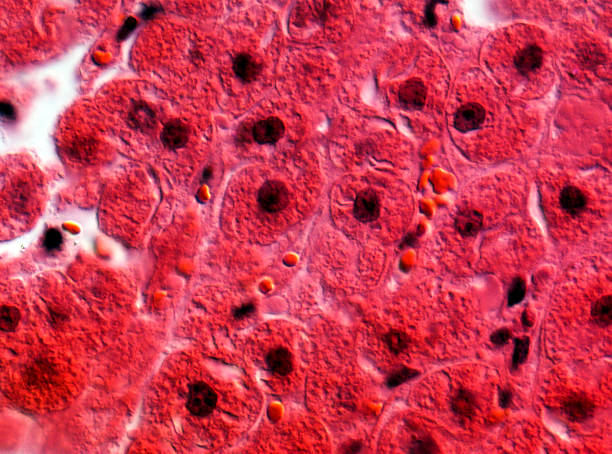Liver cells control our biological clock
Organisms rely on a biological clock known as the ‘circadian’ clock to regulate their activity according to the time of day.
A central clock, constituted by a group of brain cells — the suprachiasmatic nuclei, or SCN — synchronises the circadian clocks present in all body’s organs, called ‘peripheral’ clocks. Until now, synchronisation of the circadian cycle in mammals was thought to be a one-way mechanism in which the suprachiasmatic nuclei alone synchronized the peripheral clocks.
Scientists from CNRS, Université Paris Cité1 and the University of Queensland2, however, in the framework of a joint EU endeavour3, have just shown that the liver also influences peripheral clocks. Teams studied a chimeric mouse model with a liver containing human hepatocytes and observed that the daily cycle of these usually nocturnal animals had advanced by two hours.
The mice became active and began feeding two hours before nightfall, thus becoming partly diurnal. The researchers believe this shift comes from the mice’s central clock being taken over by the human liver cells in this chimeric animal model. These cells can thus affect the entire rhythmic physiology of the animals, including the clocks of the peripheral organs.
Findings suggest that a change in liver clock — for example in pathological condition such as cirrhosis — could affect the synchronisation function of the central clock. This in turn could affect the entire circadian physiology, including the sleep/wake cycle, and contribute to the development of metabolic disease. It also suggests that restoring disrupted liver biological rhythm could benefit the entire body metabolism. The hormonal and nervous mechanisms driving this dialogue between the brain, liver and biological clock remain to be identified.
Notes
1 – At the Unité biologie fonctionnelle et adaptative (CNRS/INSERM/Université Paris Cité)
2 – Institute for Molecular Bioscience, The University of Queensland, Australia
3 – Study carried out as part of the EU-funded HUMAN consortium on Health and the Understanding of Metabolism, Aging and Nutrition.
——————————————————————————-
Full bibliographic information
Published on 15/05/2023 by6 CNRS (Délégation Paris Michel-Ange)
About: Mice with humanized livers reveal the role of hepatocyte clocks in rhythmic behavior.
Authors: Anne-Sophie Delbès, Mar Quiñones, Cédric Gobet, Julien Castel, Raphaël G. P Denis, Jérémy Berthelet, Benjamin D. Weger, Etienne Challet, Aline Charpagne, Sylviane Metairon, Julie Piccand, Marine Kraus, Bettina H. Rohde, John Bial, Elizabeth M. Wilson, Lise-Lotte Vedin, Mirko E. Minniti, Matteo Pedrelli, Paolo Parini, Frédéric Gachon and Serge Luquet. Science Advances, 17 may 2023.





